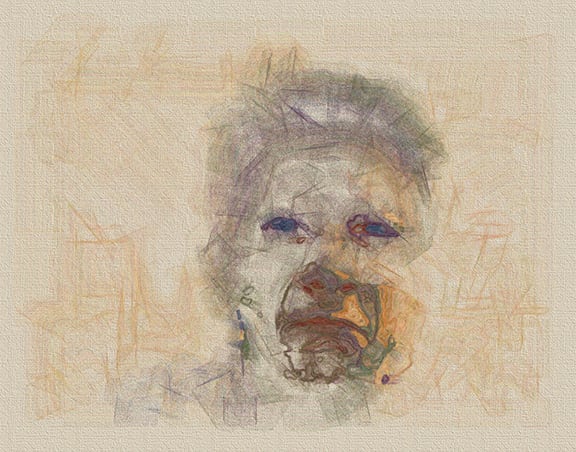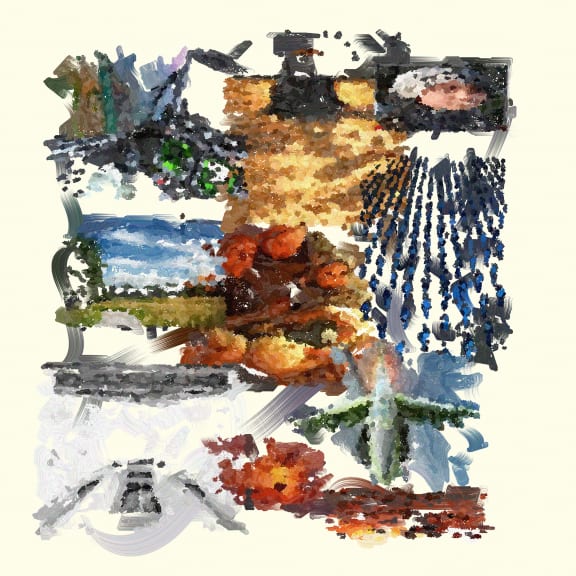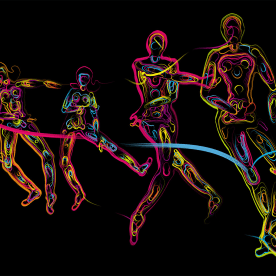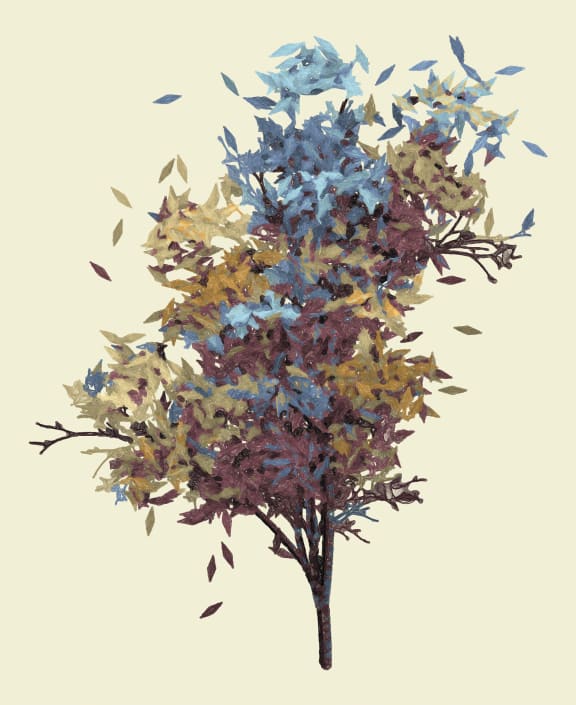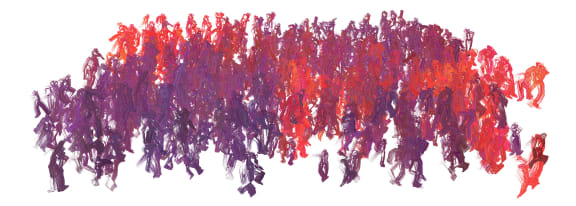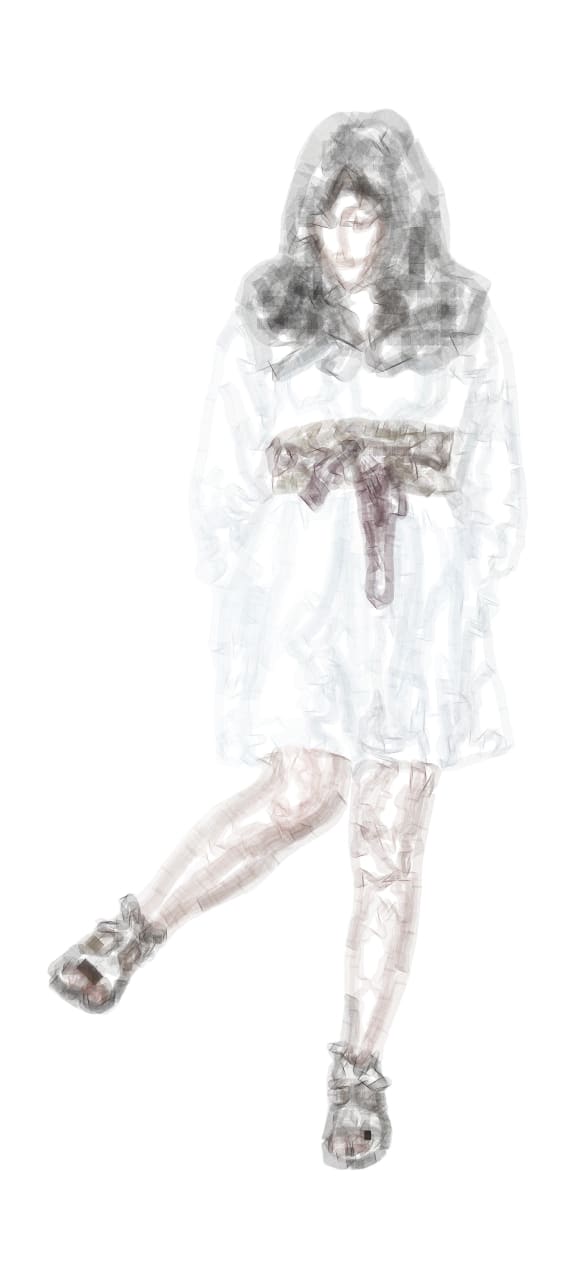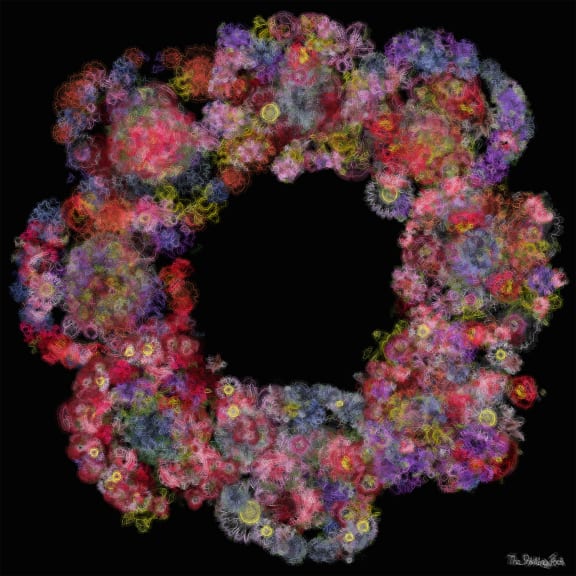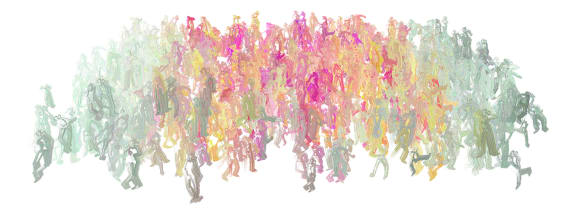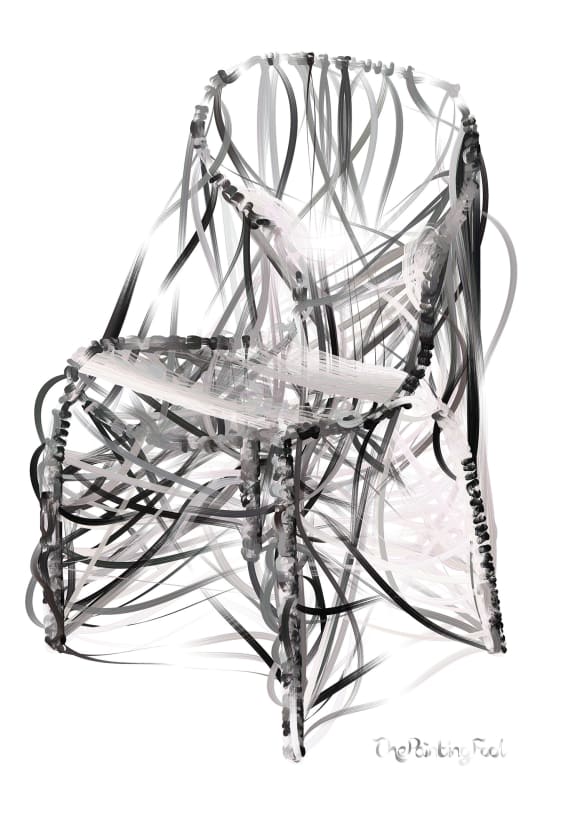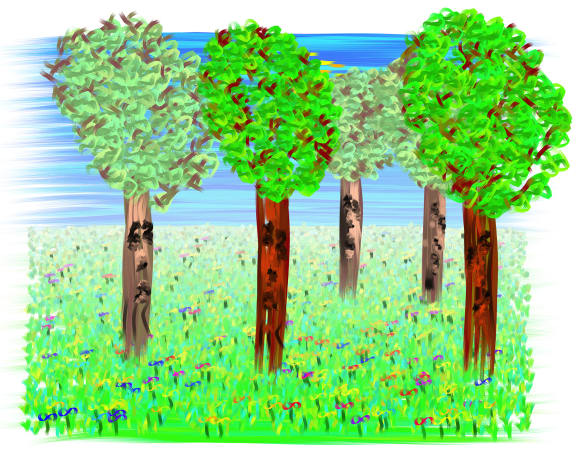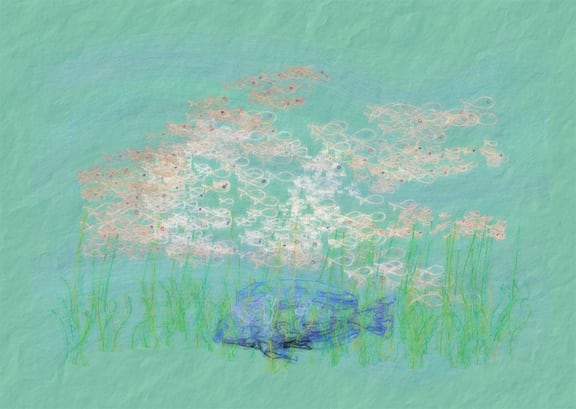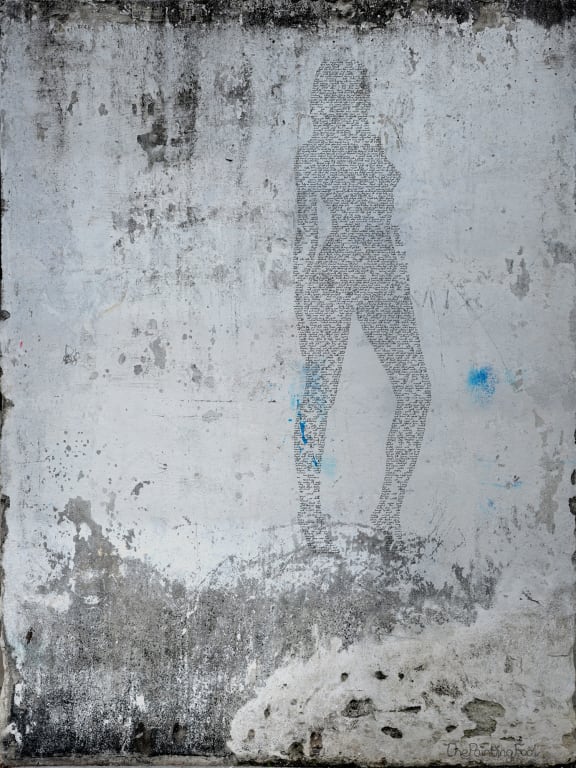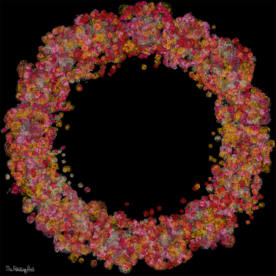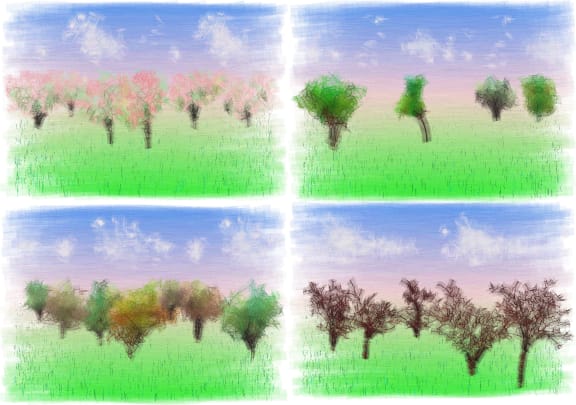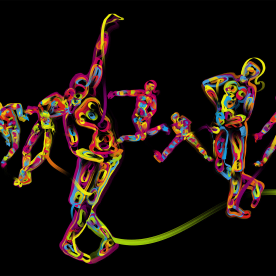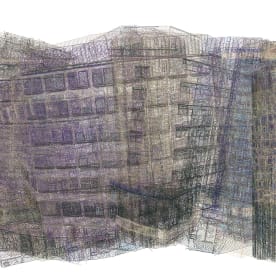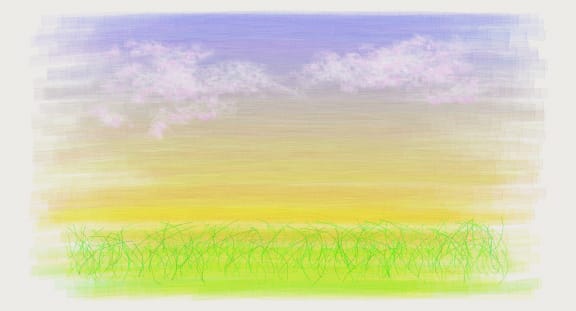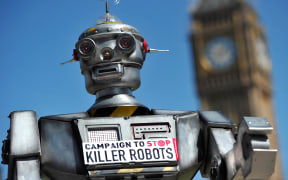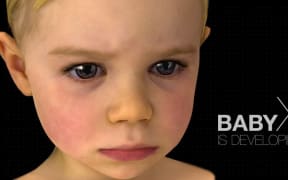Computer software can create unpredictable artwork influenced by the newspaper stories it reads, but a leading artificial intelligence scientist says there will always be a place for human blood, sweat and tears in the art world.
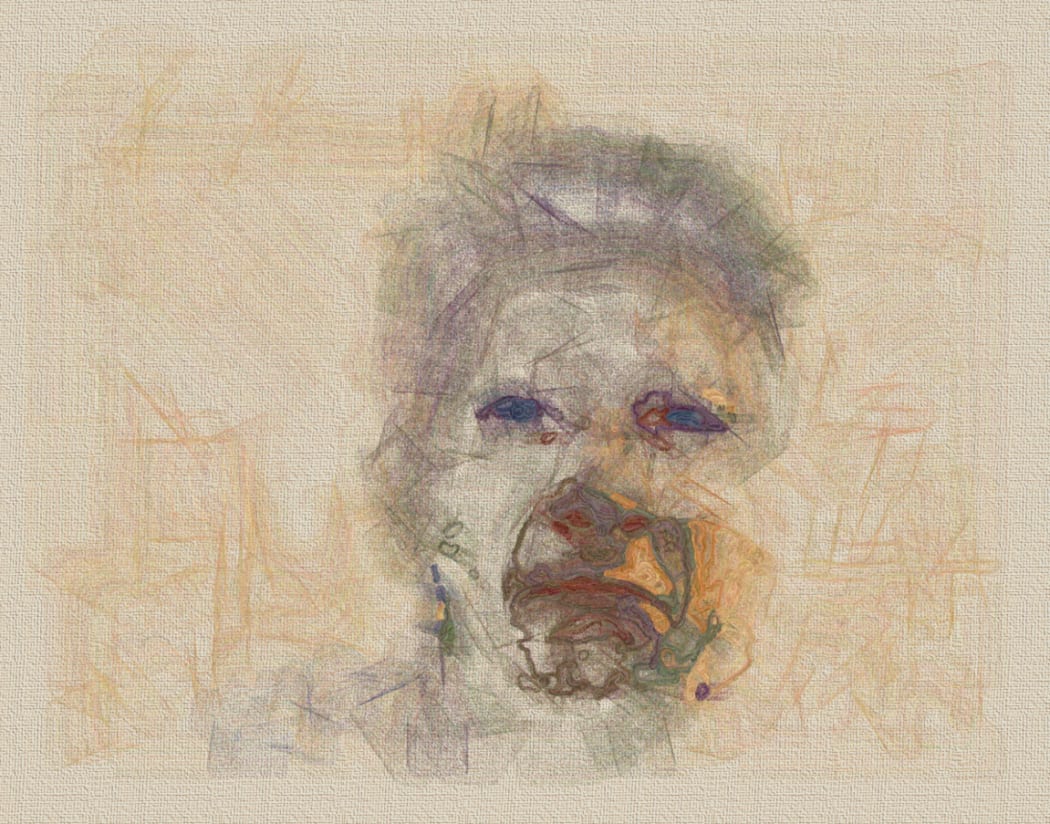
Computer portrait of Simon Colton, by the software programme he created: The Painting Fool Photo: Simon Colton
Artificial intelligence often gets a bad rap in fiction, with films such as 2001 and The Terminator predicting digital intelligences that will kill us all, while Stephen Hawking recently warned that they could be a threat to mankind.
But Professor Simon Colton from the University of London has created software that is far more benign and far more interested in painting pretty pictures than taking over the world.
Over the past decade he has developed software that behaves in ways that mimic creativity in humans, such as The Painting Fool, an artificial intelligence that he hopes will one day be accepted as an artist in its own right.
The software scans news stories on The Guardian website to create an adjective that sums up the general mood of the stories, such as "bright", "breezy"or "colourful". It then tries to capture that mood in artwork, and even critiques itself at the end to decide how close it came to that word.
Software that behaves in ways that mirrors creativity in humans
Professor Colton currently works in the Computational Creativity Group at Goldsmiths College in the University of London, where he is Professor of Computational Creativity. He told Nine To Noon the project grew out of research into "emotion detection software", which could look at video clips, examine points on the human face and detect six emotions with fairly accurate results.
From there, he created the Painting Fool, which was given the ability to paint a portrait appropriate to the mood of the sitter. Later, it was designed to read newspaper stories to simulate a mood, and if the news was bad enough, it would even tell the portrait sitter to go away.
Prof Colton said it was not creating true emotions, as the human body was a completely different system to any kind of computer software, but it was creating a simulated emotion.
"It's not extremely deep, but when it reads The Guardian, that gives it a reason to do something. And when it refuses to paint a portrait, it tells you to go away with a good reason, because it's just read about people dying in Syria, and it's not appropriate to do anything now."
Prof Colton said there was no random number generating in the process, because he was after "accountable unpredictability", where the software would read articles, cross reference them and head in unexpected new directions.
A wide variety of images from a decade's worth of projects has now been produced.
When it creates a portrait, it first picks out a background - which Prof Colton said are sometimes quite psycadelic - and then uses its own imagination to fill it with abstract art, before using edge-detection technology to fill in the features of the face.
As well as artificial intelligence research, Professor Colton said the project was tackling big issues over human creativity and digital evolution, but that no matter how advanced the technology got, there would always be a clear difference between people and software.
"People will always pay for blood, sweat and tears. Even when software is out there being genuinely creative, people will still pay for human creativity."
Professor Colton said he did not subscribe to scare stories of software taking over the world, or even taking over peoples' jobs, and said that when software got to the point where it was rewriting itself, it would create an open future.
"I want software to do things we had no idea would be good for us, or good for it. I'm just trying to unshackle it and give it the ability to programme itself for no good reason, just to find out what's out there."
